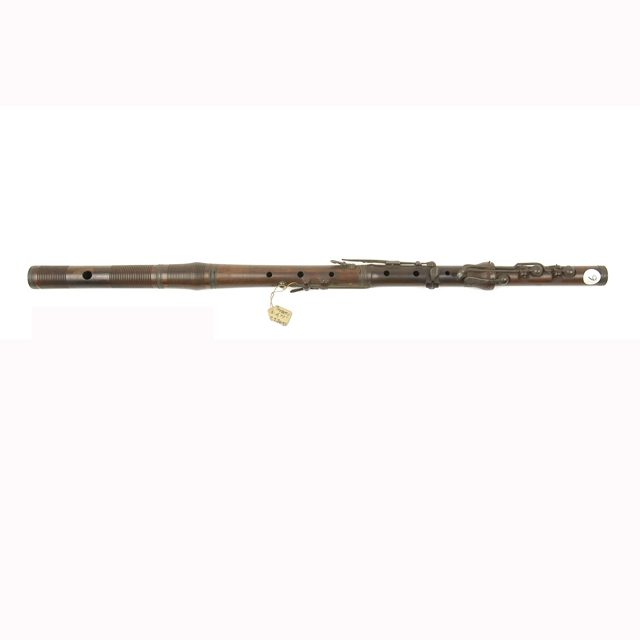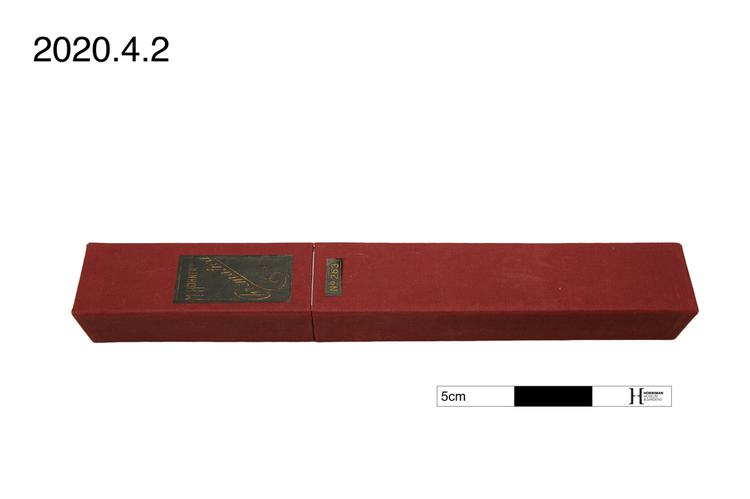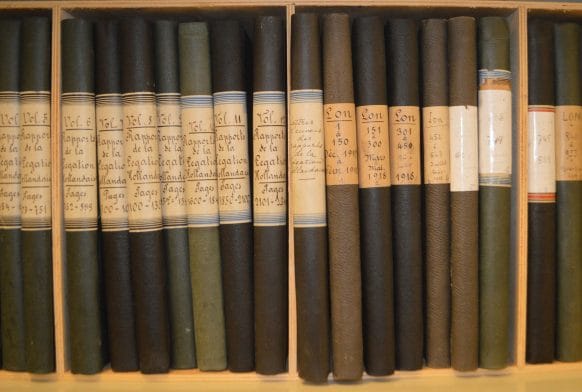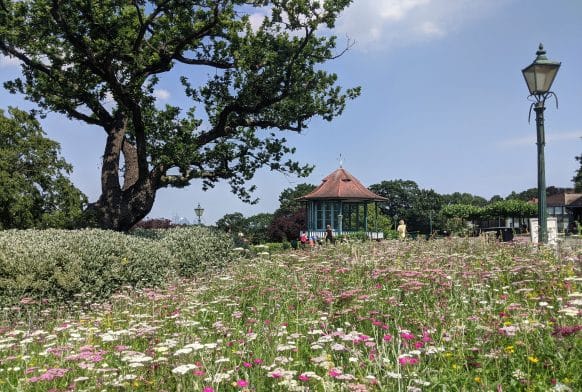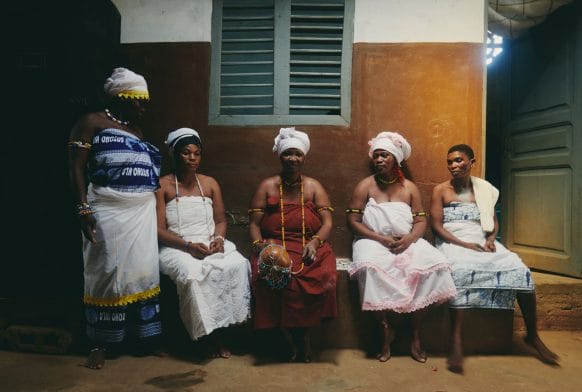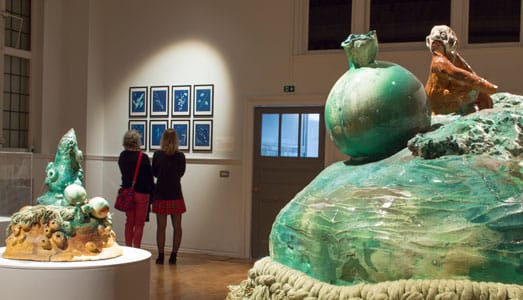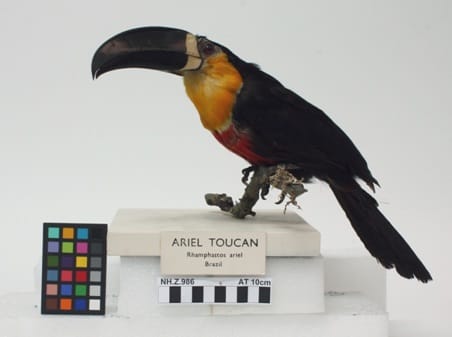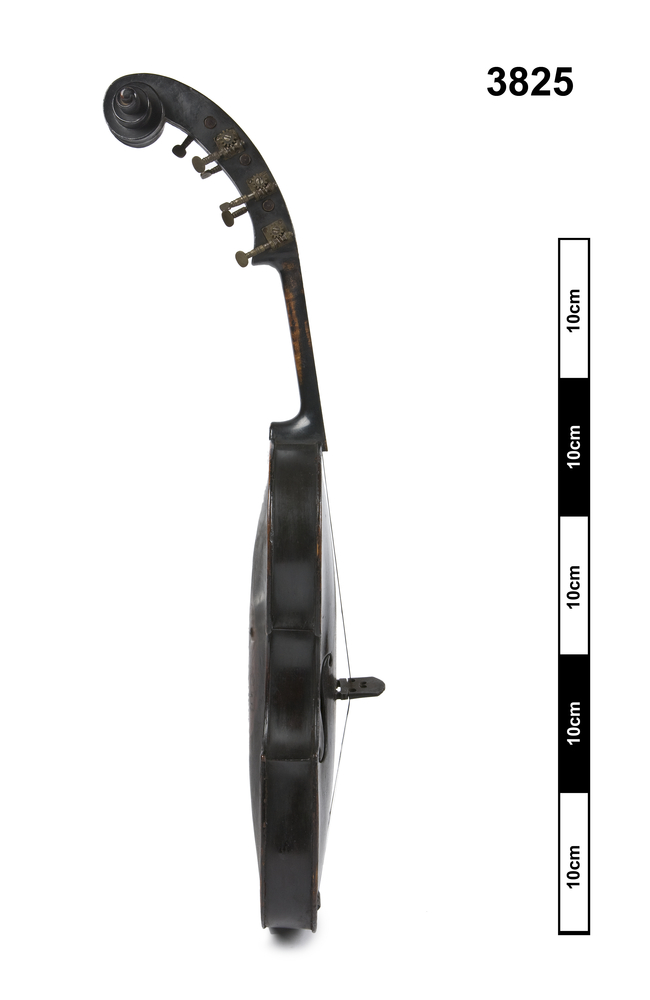
Viola d'amore 'şine kemanı' probably by Jean Chateaureynaud, Istanbul, working circa 1850-1880. Labelled inside the back 'Fabe Chateaureynaud Constantinople'. The instrument and bridge varnished a dark brown colour. The one-piece back engraved with pointe d'aiguille in a series of diamonds and triangles. Wear on the varnish on the lower bass bout of the table indicates that the instrument was played under the chin The peg-box for six machine heads is surmounted by a reverse corckscrew scroll. Six bowed strings (all missing), almost certainly arranged as three double courses. Grooves in the pegs and on the fingerboard indicate that the bowed strings were probably made of wire. Three wire sympathetic strings are tuned from pins at the top of the neck. They run under the fingerboard, through holes in the bridge, and are attached to tuning pins set into the base of the instrument above the end-pin. The middle sympathetic string is thicker than the outer two, indicating that it was tuned at a lower pitch. The fingerboard inlaid with two narrow strips of light-brown wood, probably demarcating the three courses of strings. The neck and pegbox are probably made in one piece. The tailpiece is configured for three double courses of strings. The bass bar and soundpost are set up as for a normal violin or viola.




